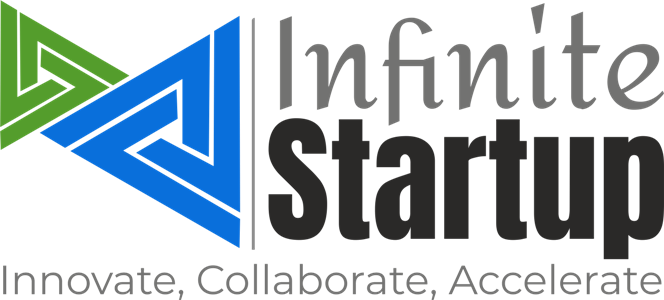Startups Consulting
overview
Startup
The term startup refers to a company in the first stages of operations. Startups are founded by one or more entrepreneurs who want to develop a product or service for which they believe there is demand. These companies generally start with high costs and limited revenue, which is why they look for capital from a variety of sources such as venture capitalists.
0
0
0
0
0
Our Managed IT services will help you succeed. Let’s get started

